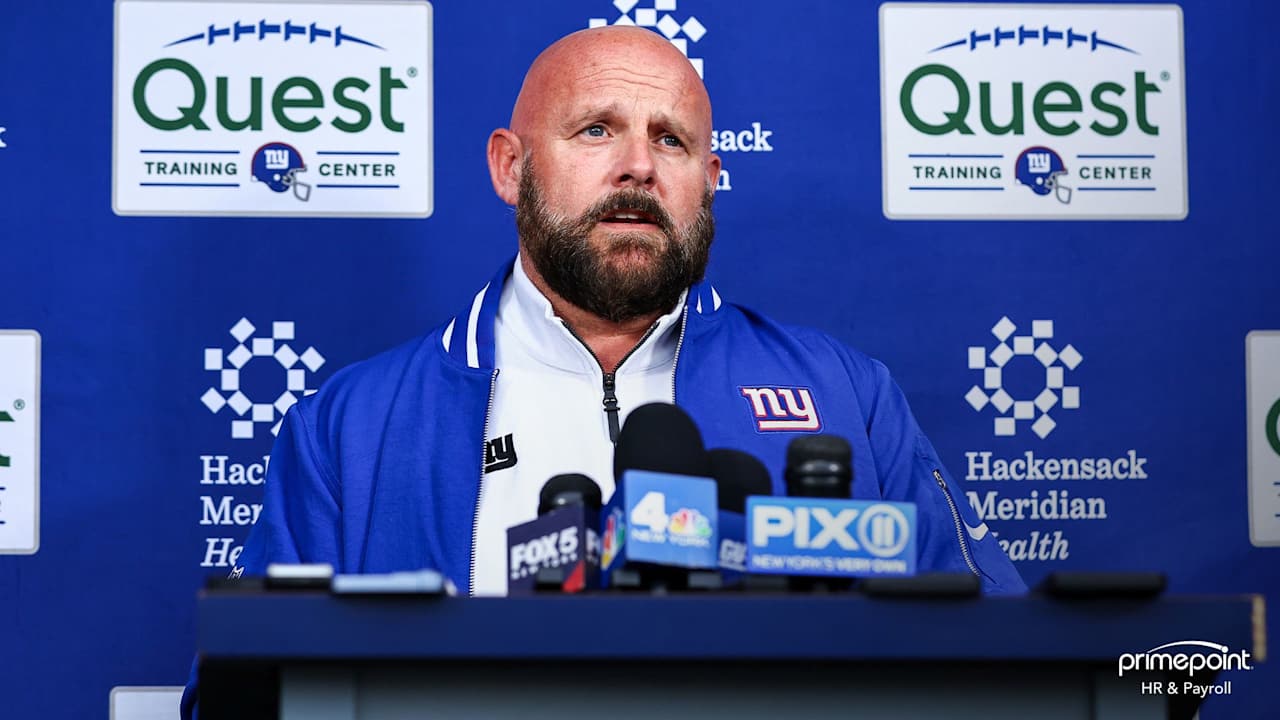Infra
NYC Commuter Nightmare Looms as UN Converges With Train Mess

(Bloomberg) — It happens every year: The United Nations General Assembly convenes in Manhattan, setting off a wave of road closures and police escorts that snarl traffic.
But this time around, the commuter nightmare is set to be particularly bad. The UN meeting that kicks off Sept. 22 comes as New York streets are already jam packed amid an increase in post-pandemic driving and growing skepticism about the reliability of mass-transit trains and buses.
The city has warned of road closures and detours that will complicate commutes for workers and residents, and urged drivers to ditch their cars for subways, buses, bicycles or walking. Advocates say the situation has been made worse after Governor Kathy Hochul decided in June to suspend a plan that would have charged drivers entering parts of Manhattan in an effort to reduce congestion and raise revenue for the transit system.
“Traffic in general can be very brutal, but any time a high-level event is happening it becomes super congested everywhere,” said La Toro Yates, who commutes by car from his home in New Jersey across the George Washington Bridge to get to the South Bronx, where he works in enrollment at Hostos Community College. “You really try your best to stay away.”
New York has declared “gridlock alert days” for all of next week as more than 140 world leaders are expected to arrive in the city, saying that average vehicle speeds in Midtown during past UN General Assembly meetings have averaged less than four miles per hour.
Officials also said they’re prepared for security challenges and protests tied to Israel’s military campaign in Gaza.
The New York Police Department will deploy resources throughout the city, interim Police Commissioner Tom Donlon told reporters Friday. “There are no specific or credible threats at this moment.”
Among major US cities, New York has seen the largest rise in both driving and gridlock in the aftermath of the pandemic. That may be partly due to growing annoyance at public-transit options in the city.
New Jersey Transit and Amtrak services have been riddled with disruptions this summer, even as fares are climbing. The confluence of decades of underinvestment, unusually hot weather and aging infrastructure has disrupted the busiest rail corridor in the US.
New Jersey Transit “trains had a couple of moments this summer where it was truly unbearable,” said Yates, 52, who has been driving to work for the past three years. “There’s almost no escaping the traffic jams.”
New York City’s subways have also suffered, with trains seeing 50% more service delays this summer than the same period in 2023.
The century-old subway system is in desperate need of repairs to make its service more reliable, but costs to complete them are steep. The Metropolitan Transportation Authority is currently looking to invest $65.4 billion over the next five years to revamp its trains and stations, but nearly half of the proposed budget doesn’t have a solid funding source.
City bridges and tunnels have grown increasingly clogged, according to data from the MTA. The number of cars, buses, trucks and motorcycles that passed through the bridges and tunnels operated by the agency reached 25 million last month, up about 40% from the same period in 2010.
This month had already been tough for New York commuters. A crash in the Lincoln Tunnel last week resulted in 90-minute delays for New Jersey Transit buses, adding to snarls caused by crowds at New York Fashion Week. Former President Donald Trump hosted a rally on Long Island that disrupted traffic, and appearances by Trump, his running mate JD Vance, President Joe Biden and Vice President Kamala Harris for a Sept. 11 commemoration also caused slowdowns.
–With assistance from Laura Nahmias and Magdalena Del Valle.
(Updates with comments from NYC officials in 6th and 7th paragraphs.)
©2024 Bloomberg L.P.









